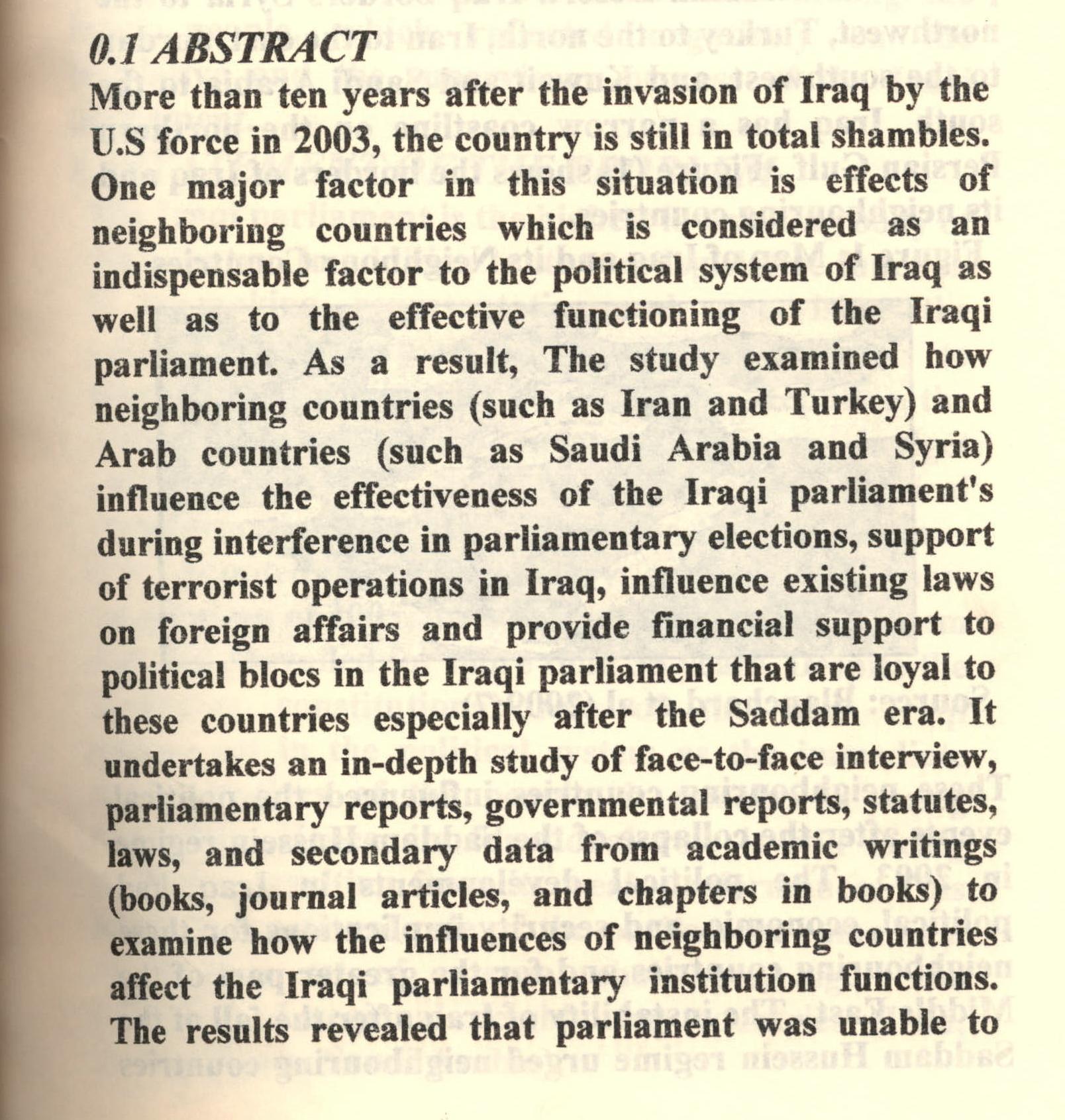
Background: Mouth breathing can lead to introduce cold, dry unprepared air that insults the tissue of oral cavity, nasopharynx and lung, leading in turn to pathological changes in oronasal cavity, nasopharyngeal and other respiratory tissue, mouth breathing associated with nasal obstruction may lead to many health problems, in particular oral health problems such as inflammation of gingiva, oral dryness, change in oral environment that may decrease pH, salivary flow rate and increase bacteria and dental caries.Aims of the present study were to assess the oral health condition among mouth breather associated with nasal obstruction, including dental caries, oral cleanliness and gingival health condition as well as to evaluate the changes in s
... Show MoreThe new ligand [N1,N4-bis((1H-benzo[d]Glyoxalin-2-yl)carbamothioyl)Butanedi amide] (NCB) derived from Butanedioyl diisothiocyanate with 2-aminobenz imidazole was used to prepare a chain of new metal complexes of Cr(III), Mn(II), Co(II), Ni(II), Cu(II), Pd(II), Ag(I), Cd(II) by general formula [M(NCB)]Xn ,Where M= Cr(III), n=3, X=Cl; Mn(II), Co(II), Ni(II), Cu(II), Pd(II), Cd(II) ,n=2 , X=Cl; Ag(I), n=1, X=NO3. Characterized compounds on the basis of 1H, 13CNMR (for (NCB), FT-IR and U.V spectrum, melting point, molar conduct, %C, %H, %N and %S, the percentage of the metal in complexes %M, Magnetic susceptibility, thermal studies (TGA),while its corrosion inhibition for mild steel in Ca(OH)2 solution is studied by weight loss. These measureme
... Show MoreAbstract
Coronavirus has affected many people around the world and caused an increase in the number of hospitalized patients and deaths. The prediction factor may help the physician to classify whether the patient needs more medical attention to decrease mortality and worsening of symptoms. We aimed to study the possible relationship between C reactive protein level and the severity of symptoms and its effect on the prognosis of the disease. And determine patients who require closer respiratory monitoring and more aggressive supportive therapies to avoid poor prognosis. The data was gathered using medical record data, the patient's medical history, and the onset of symptoms, as well as a blood sample to test the
... Show More (1)
(1)
ABSTRACT Background: One of the methods used in the treatment of maxillofacial fracture is intermaxillary fixation(IMF), the most common type is the Erich arch bar with interdental wiring. This study was conducted to investigate the impact of intermaxillary fixation on gingival health condition among a group of patients with facial fracture in relation to salivary physical properties. Materials and methods: Thirty patients with an age range of (17-37) years old with facial fractures and indicated for IMF. Plaque index and gingival index (Loe, 1967) were used to assess both of them before application and after removal of IMF. Unstimulated saliva sample collection was carried out under standardized conditions according to Navazesh and Kum
... Show MoreThe study involved preparing a new compound by combining between 2-hydroxybenzaldehyde and (Z)-3-hydrazineylideneindolin-2-one resulting in Schiff bases and metal ions: Mn(II), Co(II), Ni(II), Cu(II), and Zn(II) forming stable minerals-based-Schiff complexes. The formation of resulting Schiff bases is detected spectrally using LC-Mss which gave corresponding results with theoretical results, 1H-NMR proves the founding of N=CH signal, FT-IR indicates the occurrence of imine band and UV-VIs mean is proved the ligand formation. On the other hand, minerals-based-Schiff was characterized using the same spectral means that relied with ligand (Schiff bases). Those means gave satisfactory results and proved the suggested distinguishable geometries.
... Show MoreA New ligand, N-(2-oxo-1,2- Dihydropyrimidin-4- ylcarbamothioyl) Acetamide (DPA) was prepared by reaction of iso thiosyanate derivative with Cytosine. The ligand has been characterized through elemental analysis, H1 NMR, C13NMR, FT-IR, and UV Visible spectra, such ligand’s transition metal complexes have been characterized through conductivity measurement, FT-IR, UV Visible spectra and magnetic susceptibility, all the complexes of this ligand are solid crystal and molar ratio (2:1) (ligand: metal). The form of molecular for these complexes octa hedral. The general formula [M(DPA)2Cl2], where M+2 = (Mn, Co, Ni, Cu, Zn, Cd, Hg).
Background: There are many congenital anomalies associated with cleft lip and/or palate. This research is to study the prevalence of congenitally missing teeth and supernumerary teeth in this population group. Materials and Method: One hundred eight cleft lip and/or palate Iraqi patients had participated in this study (57 male, 51 female), 3-12 years of age. 26 of them had orthopantomogram were within (6-12) years of age were inspected for congenitally missing teeth and supernumerary teeth. Patients whom age range 3-5 years were checked for the congenitally missing teeth by clinical examination with strongly insisting the teeth were not missed due to caries or trauma. Results: There were 19(73.076%) patients with 41 congenitally missing tee
... Show More (3)
(3)
 (3)
(3)
The ligand 2-[1-(1H-indol-3-yl)ethylimino) methyl]naphthalene-1-ol, derived from 1-hydroxy-2-naphthaldehyde and 2-(1H-indol-3-yl)ethylamine, was used to produce a new sequence of metal ions complexes. Thus ligand reactions with NiCl2.6H2O, PdCl2, FeCl3.6H2O and H2PtCl6.6H2O were sequentially made to collect mono-nuclear Ni(II), Pd(II), Fe (III), and Pt(IV). (IR or FTIR), Ultraviolet Reflective (UV–visible), Mass Spectra analysis, Bohr-magnetic (B.M.), metal content, chloride content and molar conductivity have been the defining features of the composites. The Fe(III) and Pt(IV) complexes have octahedral geometries, while the Ni(II) complex has tetra
... Show More (12)
(12)
 (3)
(3)
